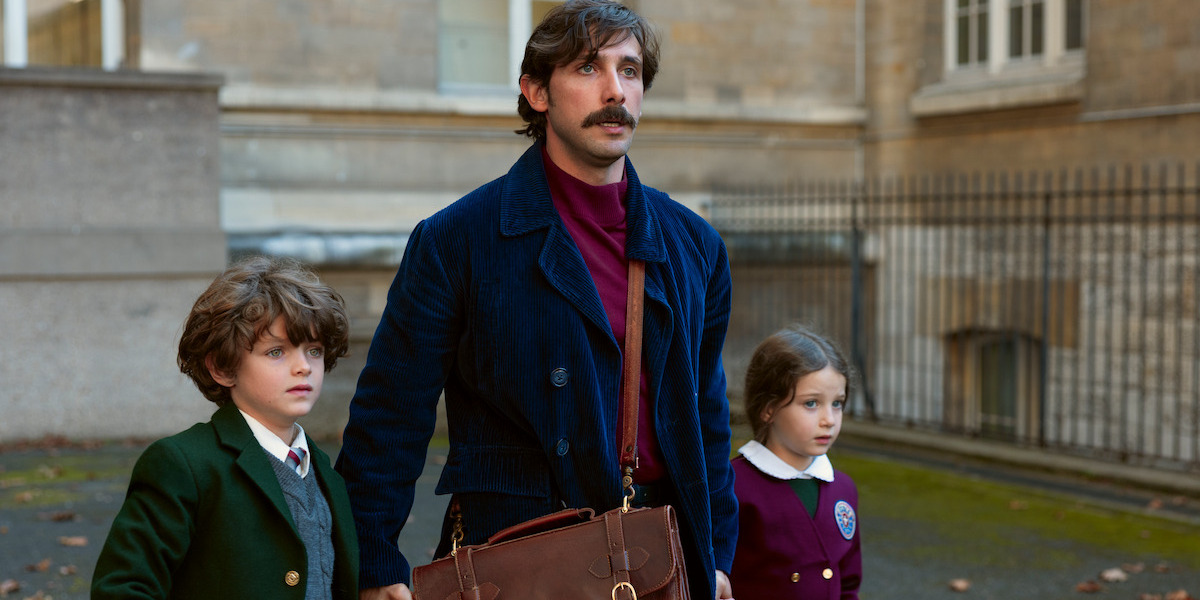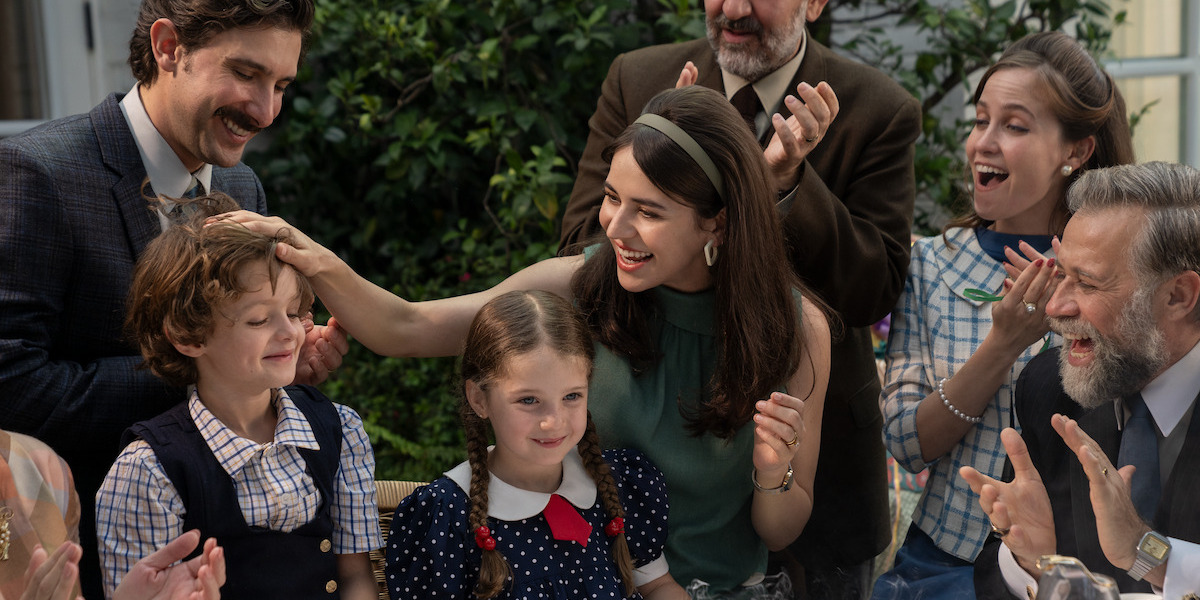Netflix’s drama thriller ‘No One Saw Us Leave’ presents a harrowing story about a mother’s quest to reunite with her children. Originally titled ‘Nadie Nos Vio Partir,’ the Spanish show revolves around the conflict between two powerful Mexican-Jewish families in the 1960s. Leo Saltzman and Valeria Goldberg have been stuck in a loveless marriage for years now. Following an unavoidable crack in their relationship, the former ends up taking away their children, Tamara and Isaac, frantically globe-trotting in an effort to keep the kids from their mother.
As a result, a desperate Valeria has no choice but to turn to Interpol and enlist the help of a Private Detective, launching a years-long search for her kids. Meanwhile, the esteemed Saltzman and Goldberg families use their influential names to pull some strings in favor of helping out their respective children. Laced with complicated family dynamics, the show remains rooted in thematic authenticity that adds realism to the intriguing premise.
No One Saw Us Leave is Based on Tamara Trottner’s Memoir
‘No One Saw Us Leave’ presents a real-life inspired story rooted in the autobiographical story of Tamara Trottner, who, alongside her brother, was kidnapped by her father at a very young age. The show adapts the latter’s memoir ‘Nadie Nos Vio Partir,’ first published in 2024. In the book, Trottner recounts her experiences as a young child who was ripped away from a normal childhood due to a conflict between her parents. In her early years, around 1968, the author and her older brother were taken by their father, who constantly relocated the kids around the globe to keep them from their mother.
Over the course of three years, the Trottner siblings were forced to live in multiple countries without their mother, who remained steadfast in her quest to reunite with them at any cost. In the book, the author delves into the psychological impact that her unique upbringing instilled in her. Trottner regales the story of her childhood from the perspective of her own personal experiences. In a conversation with De dientes para adentro, originally conducted in Spanish, the author shared, “He (Trottner’s father) kidnapped us for two years. At first, we (Trottner and her brother) thought it was a trip, but then we asked about mom, my dog, my school, and no one answered us.”
Alongside writing about her personal childhood experiences during the incident, the author also describes the role both sides of her family played in aiding and, at times, abetting their own children in their respective missions. As a result, the book offers some insight into the ways in which the influential families operated at the time. The Netflix adaptation mines substantial inspiration from these narrative beats of the memoir, creating a realistic foundation for the series. Yet, the dramatized show diverges from its source material in some aspects as it pitches the mother, Valeria, in the protagonist’s role.
No One Saw Us Leave Presents the Realities of a Dysfunctional Family Through an Authentic Lens
Given its basis in reality, ‘No One Saw Us Leave’ unsurprisingly finds a compelling sense of realism laced within the narratives and characterizations of the central characters. Throughout the story, Valeria and Leo’s actions and motivations, even the more morally ambiguous ones, remain steeped in authenticity. As a result, the show delves into a realistic exploration of family dynamics under the influence of societal impact, clashing egos, and marital drama. Furthermore, it also highlights the intricate relationship between a parent and their child through multiple different storylines.

For instance, the relationships both Valeria and Leo have with their own parents present uniquely relatable dynamics. The same goes for the relationship each individual fosters with their own kids. Furthermore, the premise of the series directly touches upon a real-life phenomenon often known as vicarious violence. Classified as a form of gender-based violence, vicarious violence involves harming someone’s children with the intention of causing their mother psychological damage. It calls into focus a social pattern that showcases how this type of violence perpetrated against young children and teenagers oftentimes targets their mother as the violence’s final recipient.
Bárbara Zorrilla, a psychologist who specializes in gender violence, described this pattern as a tool to subjugate women. She said, “Many women think that (the gender violence they suffer) will disappear once their relationship ends. But when children are involved, they discover not only that does it not end, but that it begins to take much more serious forms.” By centering Valeria as the protagonist, the show directly brings this social phenomenon into focus, underscoring the realism and relatability that can be found in the Trottner family’s real-life account.
Read More: Murdaugh Death in the Family: True Story, Explained


You must be logged in to post a comment.